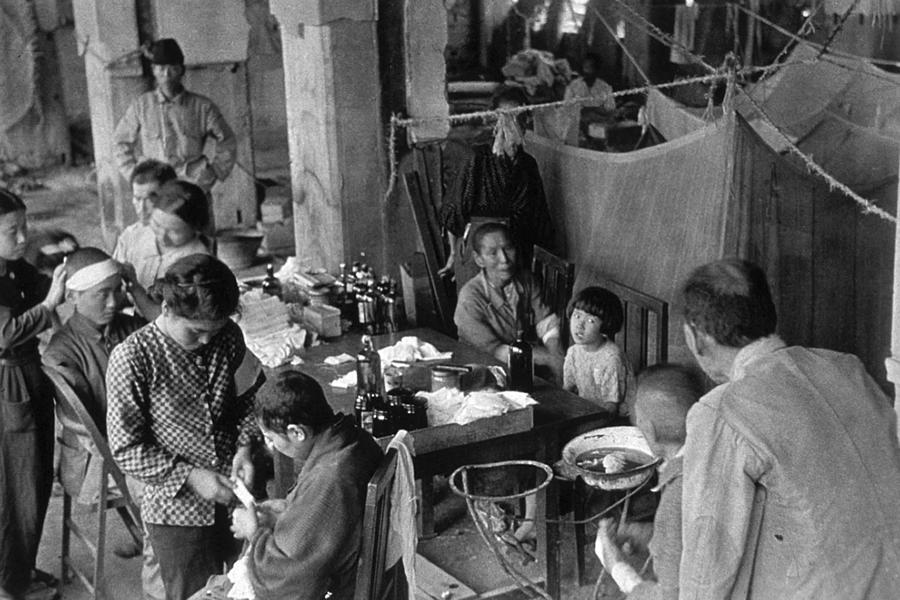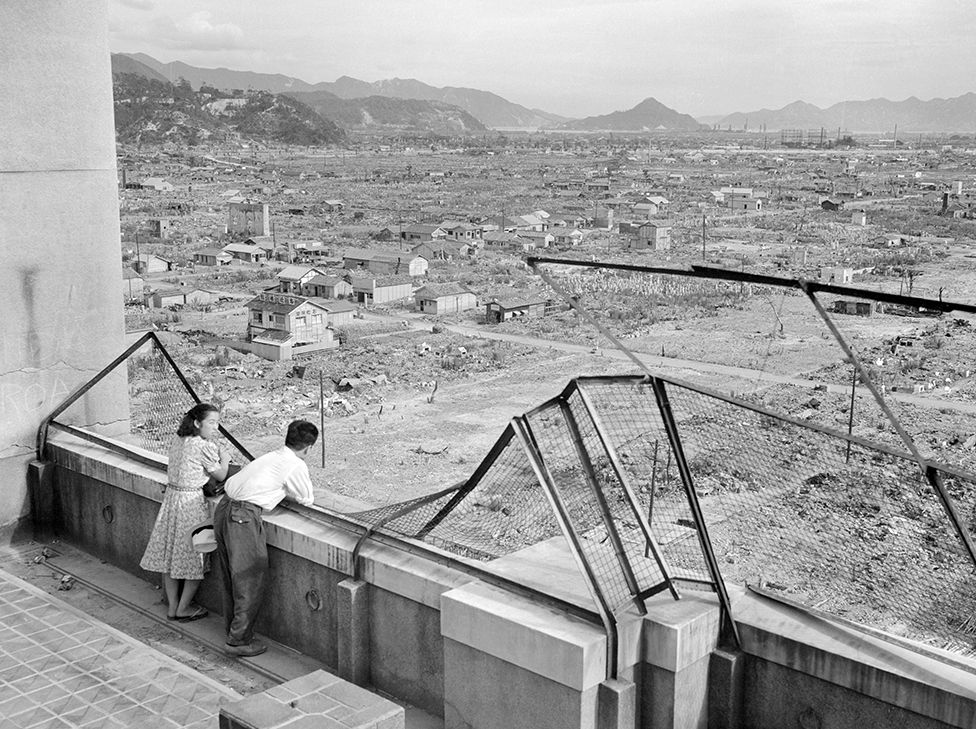
Statistically significant excess risks were detected for uterine myoma, chronic hepatitis and liver cirrhosis, thyroid disease, and cardiovascular disease.

The overall risk for non-cancer deaths is considerably smaller than that for cancer deaths, but because non-cancer causes comprise a larger fraction of human deaths overall, the total number of estimated radiation-related excess non-cancer deaths is about 50-100% of the number of estimated radiation-related cancer deaths (the reason for the wide range is that the data do not yet clarify the shape of the dose response, and different estimates of number of excess radiation-related cases result from various shapes of response that can be fit to the data).Ĭlinical researchers conducting the Adult Health Study of biennial clinical examinations have analyzed the relationship between radiation exposure and a number of selected non-malignant (non-cancer) disorders. The Life Span Study mortality analyses have revealed a statistically significant relationship between radiation and deaths resulting from causes other than cancer (see also “ Deaths due to non-cancer disease” in “Radiation Health Effects”).Ī total of 18,049 non-cancer deaths occurred between 19 among the 49,114 persons with significant radiation doses. Because factors other than radiation can increase the risk of cancer (such as smoking, certain chemicals, various viral and bacterial agents, and so on), RERF researchers are now examining individual types of cancer more carefully to determine what role radiation plays in the mechanism of cancer causation and how it might interact with these other cancer risk factors.

Significant radiation associations were observed for oral cavity, esophagus, stomach, colon, lung, breast, ovary, urinary bladder, thyroid, liver, non-melanoma skin, and nervous system cancers. In addition to analyzing cancer mortality (deaths due to cancer), RERF analyzes data on cancer incidence obtained through the tumor registries of Hiroshima and Nagasaki prefectures.Īlthough mortality studies are valuable, the accuracy of cancer diagnoses from death certificates is limited and mortality studies provide little information about the occurrence of cancers with relatively high survival rates.Īmong 105,427 members of the Life Span Study cohort whose radiation doses were known, 17,448 first primary solid cancers were diagnosed between 19, about three-quarters with histological verification.


 0 kommentar(er)
0 kommentar(er)
